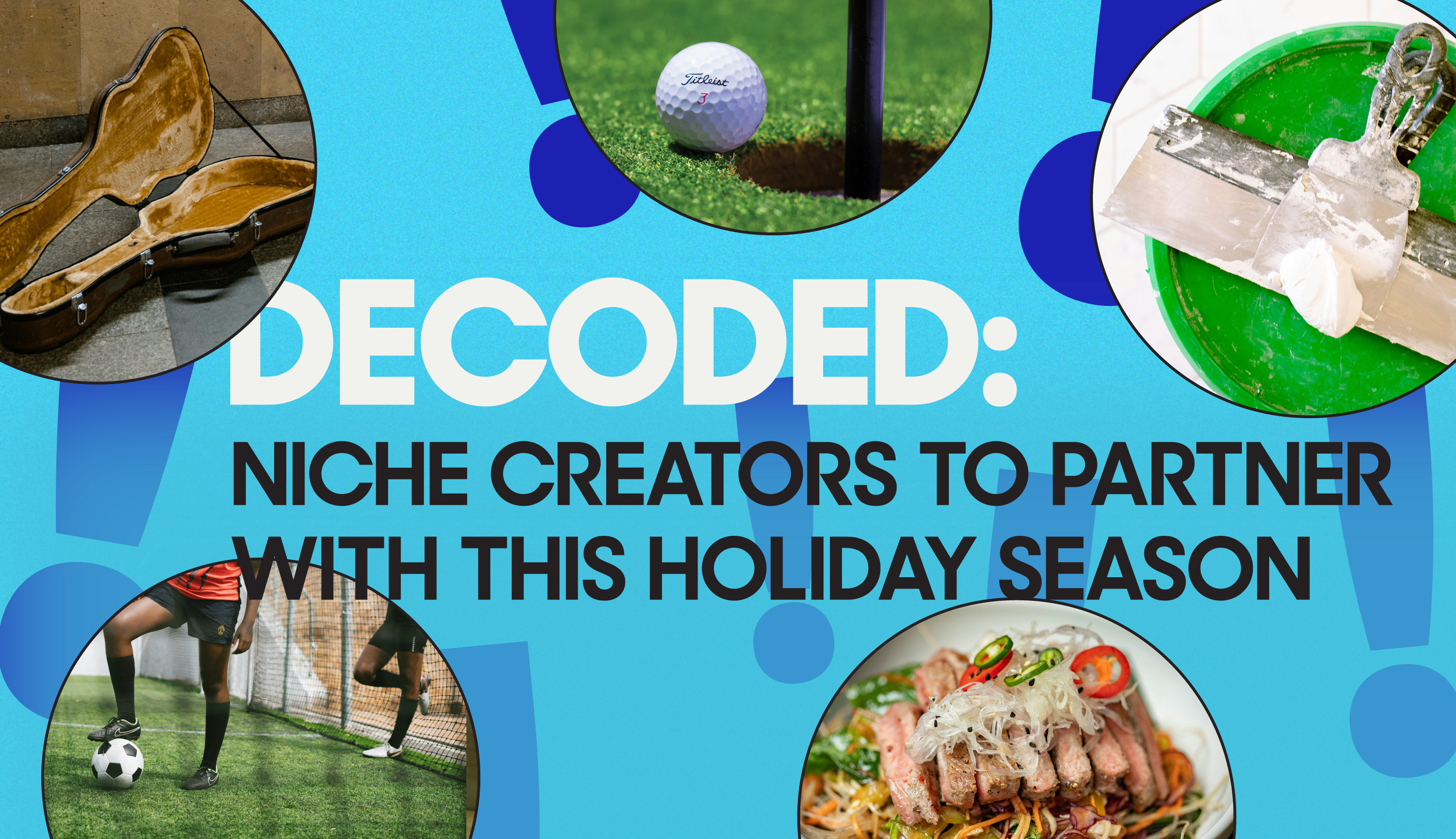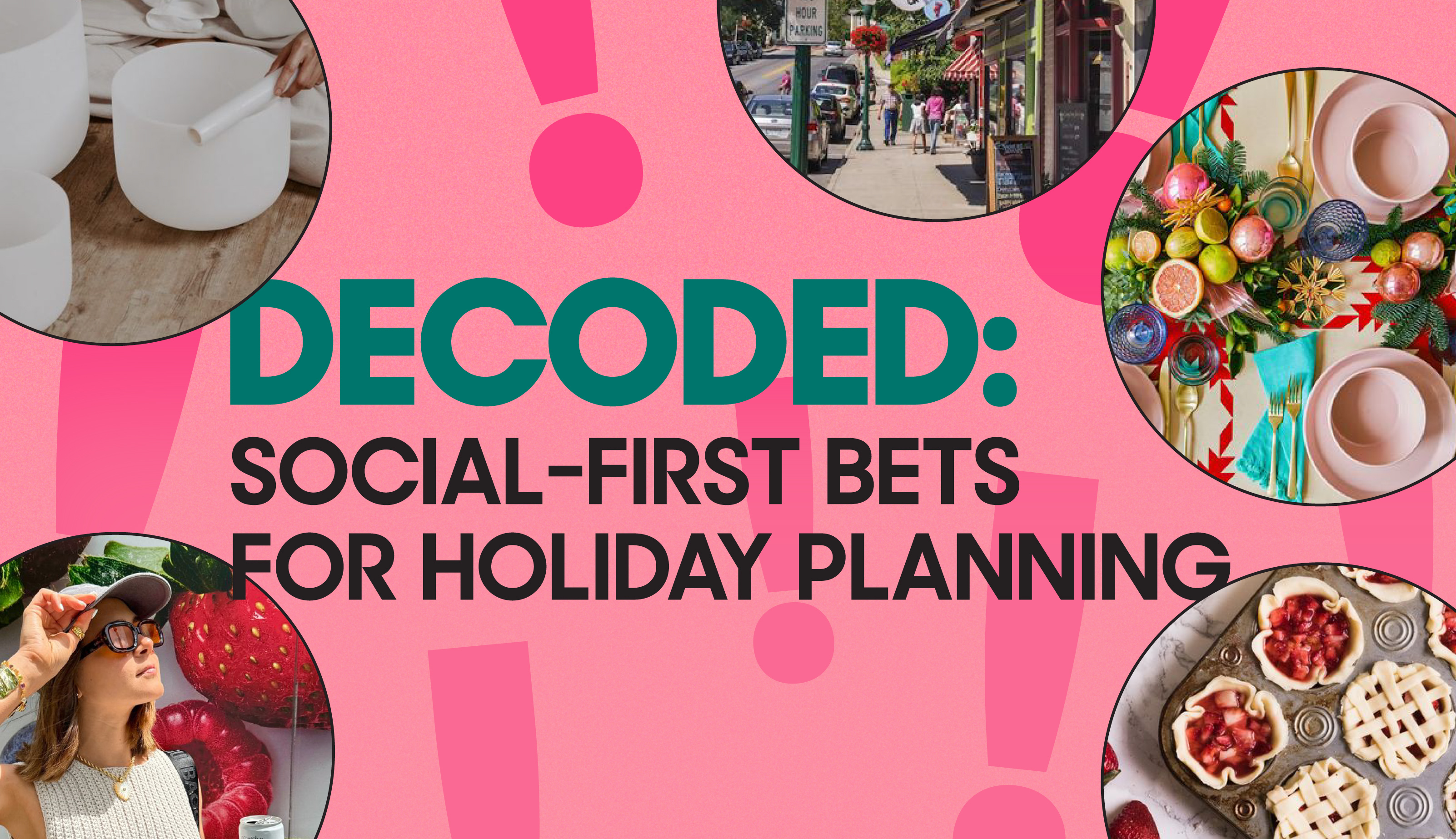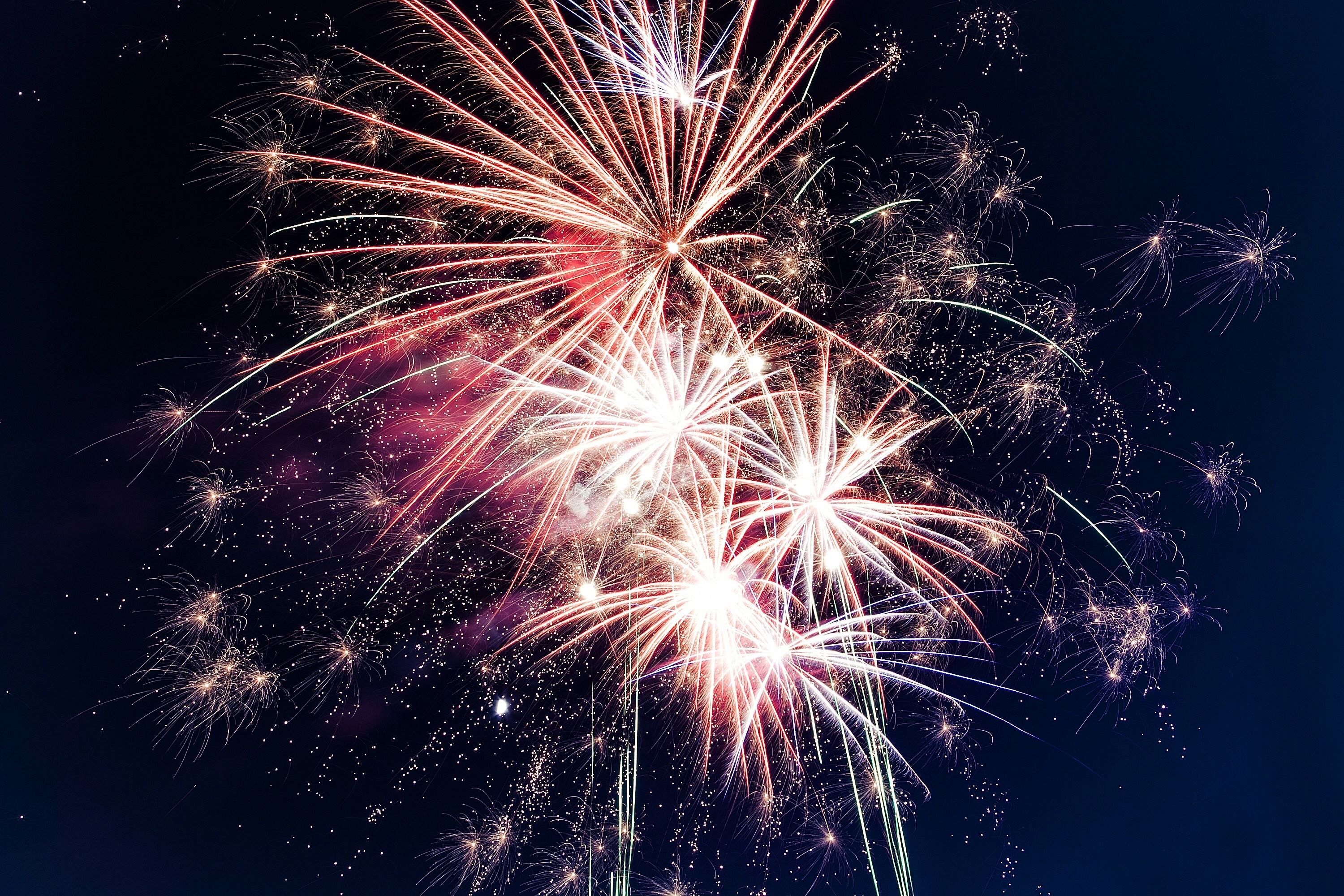
Recent announcements surrounding Facebook’s latest News Feed algorithm have left marketers and publishers asking the same question.
Facebook wants us to focus on generating meaningful engagement, but how do we go about doing that?
Within the platform itself, brands and marketers should be focusing on emerging content vehicles like Live video, creating opportunities for people to interact in Facebook Groups, and cutting down on passive, overtly corporate content.
Hint: If your content reads like a narrator voiceover or a child reciting lines in a school play, that may be an indicator that you’re publishing passive content.
We dove into this topic in our quarterly trend report, Status Update.
Contrary to popular belief, Facebook does want your brand to win. And why wouldn’t they? If brands are happy, they’re more willing to advertise on the platform, which boosts Facebook’s revenue stream.
So, while algorithms are difficult to navigate, marketers need to realize that these aren’t just roadblocks put up to impede your success on the platform.
Algorithms came to solve the problem of an oversaturated content space, a space so jam-packed that people can’t possibly consume all that is put in front of them. Now, algorithms police feeds and profiles, enforcing authenticity and transparency for individuals and Pages, and they serve additional purposes in feed moderation.
Above all, however, algorithms provide a roadmap for brands and content creators.
Every time Facebook, Instagram, or Twitter announces a new algorithm update, the briefs are littered with nuggets and statements of guidance. For the most part, these details aren’t buried, either. They’re specifically called out, sometimes in bold-faced subheadings, drawing attention and offering explanations.
Let’s check out some of the more notable platform announcements (or even just the headlines)…
- New signals to show you more authentic and timely stories.
- Never miss important Tweets from the people you follow.
- See the moments you care about first.
- Zuckerberg’s latest announcement.
Each update features several call-outs and points in helping brands and content creators identify what they should do to appease the algorithm and maximize the value of their organic content.
The latest announcement is no different. So, let’s break down three steps to generating deeper engagement on Facebook.
- Know, understand, and listen to your audience.
- Establish relevance through timeliness and awareness.
- Leverage emerging and prioritized content types.
Know, understand, and listen to your audience.
Believe it or not, your audience is going to (and does) tell you what they want to see. Pay attention to which content types generate the highest engagement. Once you’ve corralled enough pieces of high-performing content, you can begin to draw insights on what it is that makes them resonate so well within your audience.

Both Facebook and Instagram are leveraging polls. Use this tool to give your audience a voice, polling what type of content they want to see or want you to post next. The key for brands in using polls, be sure to follow through after the polling period closes.
That brings us to social listening. What does your audience talk about? What else do they like outside of your brand? Why do they like your brand?
Once you’ve established what it is that draws fans and engagement, it’s time to look to your superfans. Who? Superfans are the people who like, comment, share, or otherwise engage with every single piece of content you post.
Who are they? Where are they? When are they online? What type of content attracts and engages them? Answer these questions, including why they align with your brand, and you’ll start to uncover incredibly valuable insights, untagged brand mentions, and one-to-one engagement opportunities.
Let’s move on to timing.
Establish relevance through timeliness and awareness.
Once you’ve developed a thorough understanding of who your audience is, why they align with your brand, and what it is about your brand that no other brand can offer, you’re ready to start engaging.
Platform algorithms are built on relevance and engagement. That’s it. Just those two factors.
How do you establish relevance? Using your audience insights, you can decipher what they’re watching, when they’re talking, who they’re talking with, etc., helping you build a very clear picture of when they will be receptive to conversations with your brand.
In timeliness, pay attention to trending topics, regular and ongoing conversations, pop-culture phenomena, and entertainment events. Taking your audience knowledge, you can plan when and what your fans will be talking about on certain days, and you can use those to drive creative and messaging.
Create content to answer questions, especially those asked at a higher frequency. Refine messaging to better align with ongoing conversations. Combine creative and copy to tap into personal moments and memories.
This extends to solving problems and concerns facing your most loyal fans. In a high-touch brand to consumer interaction, social platforms offer ways to optimize and streamline existing tasks. Sephora’s Messenger assistant is a perfect example of that.

The Beauty and Retail giant turned to Facebook Messenger to engage customers and bring them in-store. Sephora developed a chatbot to simplify the appointment-booking process, helping clients and customers book an in-store appointment in just three steps.
The bot eased the booking process by removing 5 additional steps required by other booking channels, and people booked at an 11% higher rate through Messenger.
Sephora’s overarching goal in creating the experience was “Meeting her where she is.” The brand places a very high value on in-store experiences, and the conversational nature of the platform was critical in driving those in-store opportunities.
Additionally, from a paid perspective, Facebook offers a wealth of data, and marketers are putting those numbers to work. Through platform analytics and campaign reports, brands can and are delivering personally relevant content to consumers based on questions of Who, What, When, and Why.
Identifying the Who starts with identifying Why, and by leveraging that growing data set, brands are triangulating ad positioning based on current events, user engagements, and personal interests.

Dynamic creative helps brands define the What and When, taking a mass number of creative combinations (based on copy and visuals) and customizing the delivery of any and all combinations based on individual consumer insights.
These insight-driven content funnels are helping brands guide consumers through the sales journey in generating awareness, fostering interest and loyalty through engagement, and maximizing sales and results through conversions.
Leverage emerging and prioritized content types.
The overload of content in social media leads to consumers and social-goers becoming quickly desensitized to common, run-of-the-mill content. Our eyes are drawn to what’s new, what’s out of the ordinary, and what’s of particularly higher quality.
As such, it’s key for brands to find ways to leverage a consistent aesthetic through emerging content mediums. The aesthetic ensures that your content is recognizable for your audience. That is top priority, making sure your audience knows what or who they’re watching before they so much as glance at the brand name or logo.
Emerging content types (Live video, 360, VR, AR, Spectacles content, drones, etc.) are out of the ordinary. They’re eye-catching. They engage an audience because it’s a medium not regularly seen in the social environment.
Additionally, platforms are looking to drive the usage of these emerging mediums. To do so, platforms look to show off those who use them (especially those using them well), which encourages others to do likewise. That’s why when Live video was such a huge push for Facebook (it still is), Live video appeared higher in your feed. Facebook wanted you to use it, and the best way to get you to do it is to show you how other people were using the feature.
Facebook directly called out Groups as one of these prioritized features in its latest algorithm announcement.
In generating consistent engagement, the most valuable experiences on social media typically stem from users connecting over common ground and shared interests. Building off that, brands benefit most when marketers are able to connect people based on those interests.
That is the opportunity that Groups bring. Groups let fans congregate within a brand Page based on common conversations, brand values, and / or product applications. In December, Facebook started testing topics, a way for brands, users, and influencers to seed conversations, creating mini-forums.
This focus on fan-to-fan engagement extends outside of social platforms and into the physical world, as brands are turning to physical, out-of-the-box experiences. These activations are aimed at driving digital and social conversations in favor of the brand using interactive, made-for-social experiences.

In any form, the first step in generating conversations (digital or in-person) is creating or offering something share-worthy.
McDonald’s did this through its Uber Eats launch, offering branded swag to select orders on the first day of operation. Restaurants are doing this through lighting and interior design. Brands are partnering with publishers to create immersive experiences, like these from Refinery29.
Simply put, in today’s social marketing landscape, marketers need to ensure their organic content does one of three things.
- Solves a problem.
- Improves a situation, experience, or process.
- Creates opportunities for your followers to interact with each other.
If you can do those things, you’ll be giving your brand the best chance to leverage what’s left of organic reach.
Above all, create for your followers, not to them, and get people talking.



